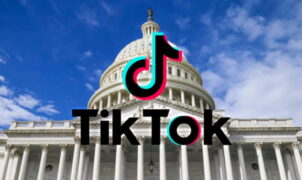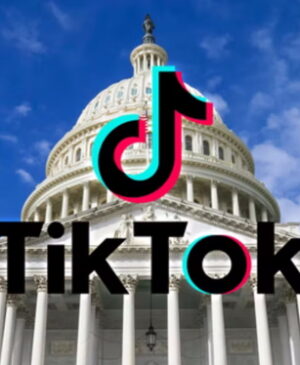TECH NEWS – The European Commission announced the first legal framework for artificial intelligence (AI) almost a year ago. From now on, public authorities will be able to regulate and even withdraw AIs from the market, judging them by four categories: unacceptable, high risk, limited risk, and minimal risk.
AIs, like the “social ranking” system in China and other user manipulating ones, will fall under the label of “unacceptable”; therefore, they will be banished from the market. Transport, education, security, law enforcement or justice-related AIs and all remote biometric identification systems will belong to the “high risk” category. We’ll see chatbots under “limited risk”, and video games or spam filters will be labelled as “minimal risk” AIs.
“When it comes to artificial intelligence, it is not only good luck to have confidence, it is essential. With these landmark new rules, the EU is at the forefront of developing new global standards to ensure trust in artificial intelligence,” said Margrethe Vestager, Executive Vice-President for a Digital Europe, when she announced the Artificial Intelligence Act last April.
Now on TechCrunch, Natasha Lomas has analysed the proposal with Lilian Edwards, an expert at the Ada Lovelace Institute for Law, Innovation and Society at Newcastle University. According to Edwards, part of the framework’s limitations is that it takes a similar approach to existing product regulations. This AI law regulates the manufacturer, not the consumer or the distributor. The primary factor in deciding whether it’s dangerous will be the data the specific AI uses and when it uses that data. If it proves to be dangerous or harmful, it won’t appear in the market. However, the responsibility for the operation of a system varies throughout its life cycle; therefore, it is difficult to determine the risk level of the AI.
Besides that, many users of artificial intelligence aren’t mentioned in the new legislation, such as search engines and social networking sites. The law also doesn’t allow citizens to seek redress from the authorities. So we can say that the new AI regulation law is still relatively unformed.
Regardless, the new regulation is a much-needed one in the times of vastly progressing AI development. The law allows the authorities to oversee the manufacturing stage of AI development and stop anything dangerous before it comes out to the market.
“You can also recall dangerous toys from the market or destroy them in certain EU countries. You don’t just ban their import. You can destroy them. The options [given to the authorities] remind me of that.”
It’s supposed that the final text of the law will be adopted after the negotiations of the Parliament and the Commission, in 2023.
Source: TechCrunch
















Leave a Reply